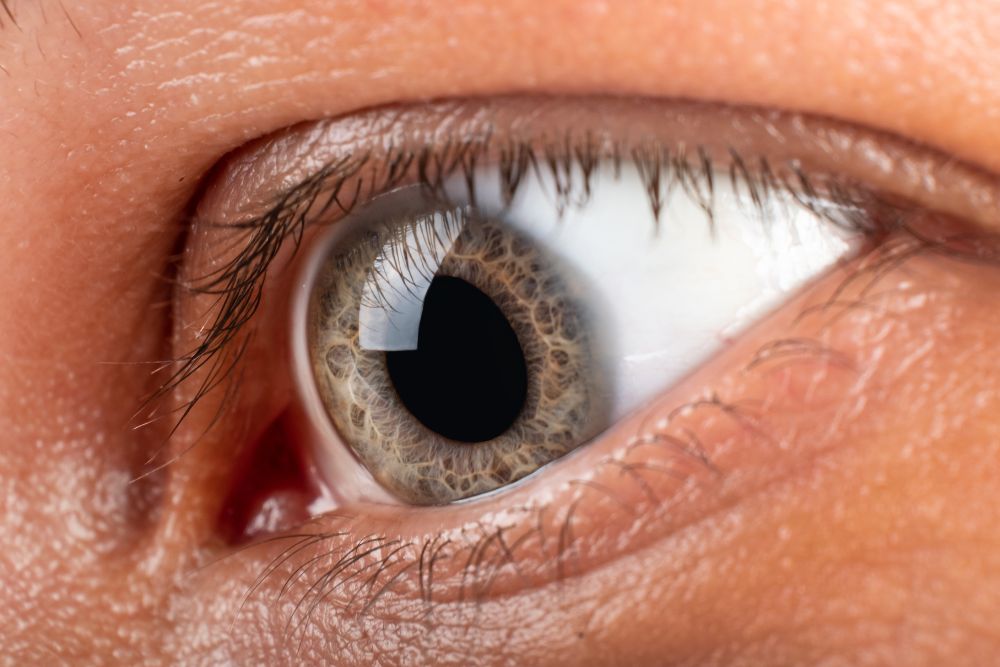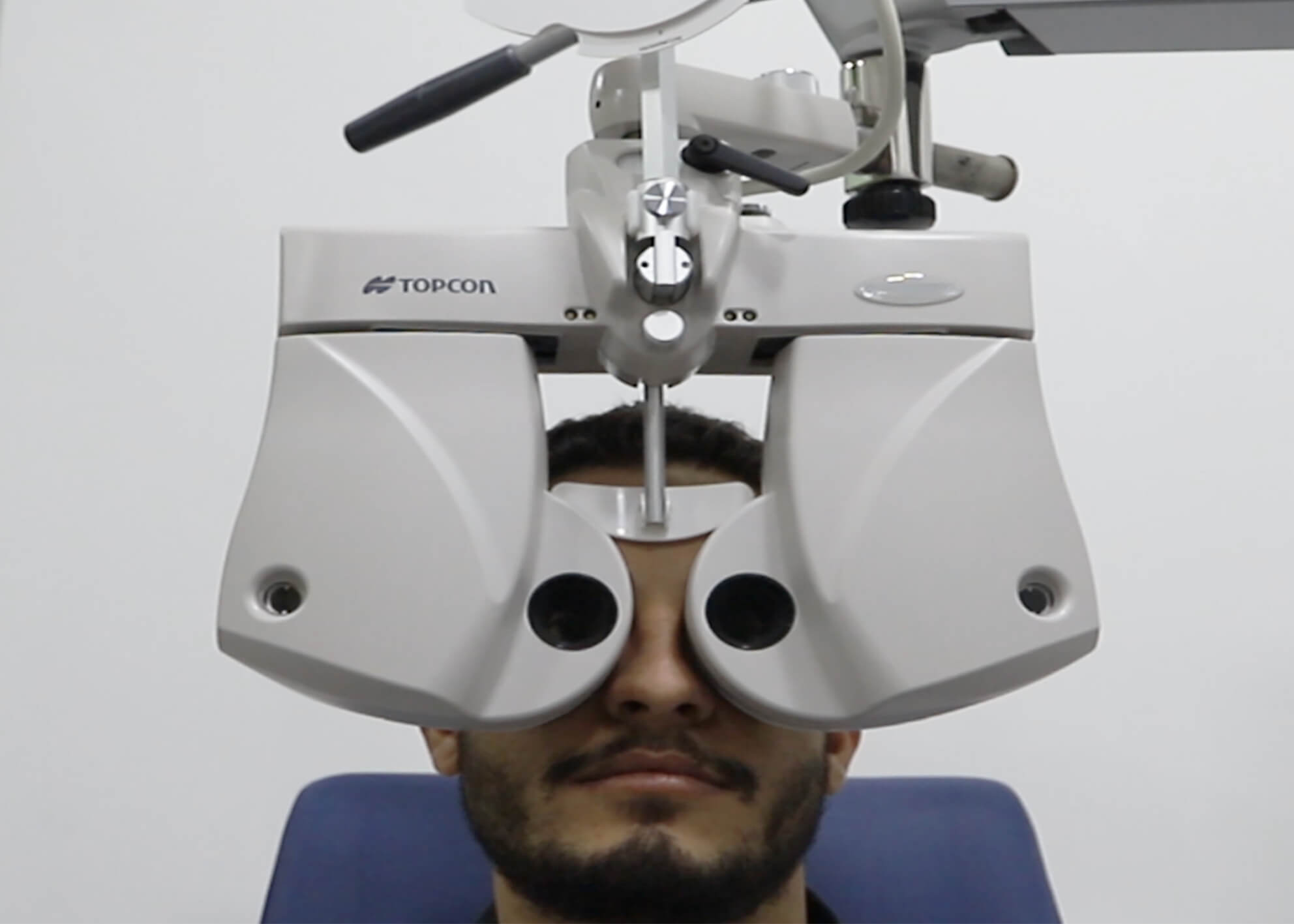Corneal Dystrophies Types and Treatment at Eye Clinic DRHC Dubai
Corneal Dystrophies:
Corneal dystrophies are progressive, rare eye diseases affecting your cornea that result from the buildup of abnormal material in one of the corneal layers (5 layers). Usually run in families (genetic).
They tend to get worse over time; some cases are without symptoms, while others complain of a drop in vision and eye pain. Corneal dystrophies are of different types and have different ages of onset. Men and women are mostly equally affected and usually affect both eyes.
The only way to know you have corneal dystrophy is to get a comprehensive eye exam at the doctor’s clinic, which will use the slit lamp to check the state of your cornea.
Corneal dystrophies can cause challenges to one's vision, but with the right treatment and care, these challenges can be overcome. From anterior to posterior corneal dystrophies, medical advancements offer hope and solutions. Our Ophthalmology experts will guide you throughout your journey.
Types of Corneal Dystrophies:
There are more than 20 different types of corneal dystrophies, grouped according to the site of deposition of the abnormal material. These are:
Anterior corneal dystrophies:
Anterior corneal dystrophies mainly affect the front layers of the cornea. Conditions like Epithelial Basement Membrane Dystrophy (EBMD) and Meesmann's Dystrophy fall under this category. EBMD, also known as Map-Dot-Fingerprint Dystrophy, can cause discomfort and distorted vision due to irregularities in the cornea's outermost layer.
Stromal corneal dystrophies:
Stromal corneal dystrophies impact the middle layer of the cornea, called the stroma. A notable example is Lattice Corneal Dystrophy, which results in the accumulation of abnormal proteins. This can lead to haziness, reducing the clarity of vision.
Posterior corneal dystrophies:
Posterior corneal dystrophies affect the innermost layer of the cornea, known as the endothelium. Fuchs' Endothelial Corneal Dystrophy is a common disorder in this category. It can cause swelling of the cornea, leading to blurred vision and glare sensitivity.
At Dr. Rami Hamed Center, our team of highly skilled ophthalmology specialists is dedicated to providing personalized and effective solutions for corneal dystrophies. With a focus on the latest advancements in eye care technology, we ensure that each patient receives a Personalized treatment plan that addresses their unique needs.
Symptoms of Corneal Dystrophy:
Can Corneal Dystrophy be treated?
Corneal Dystrophy Treatments include eye drops, ointments, and special eye patches or bandage contact lenses, aiming to stop your eyelid from rubbing against your cornea and hence decreasing the sensation of pain.
If erosion continues, other treatment options may include the use of laser therapy or a technique for scraping the cornea. If there is corneal scarring, you may need surgical treatment, like a corneal transplant (keratoplasty).
There are various types of corneal dystrophies. Discover treatment options and find expert ophthalmology care at DRHC Center for all your eye-related needs.
Long-Term Care and Monitoring
Since corneal dystrophies are progressive conditions, regular monitoring is essential to track changes in the cornea and adjust treatments as needed. At DRHC Dubai, we provide personalized care plans and ongoing follow-up appointments to ensure your eye health is managed effectively.
.png?width=281&height=59&name=bookanappointment%20(1).png)
At Dr. Rami Hamed Center, our Ophthalmology department is dedicated to safeguarding your vision health through expert eye care Professionals. Renowned as one of the best eye care clinics in Dubai, our Ophthalmology Specialists provide services for Cataract and retina treatment with Laser and Refractive surgeries.




.png?width=281&height=59&name=bookanappointment%20(1).png)






